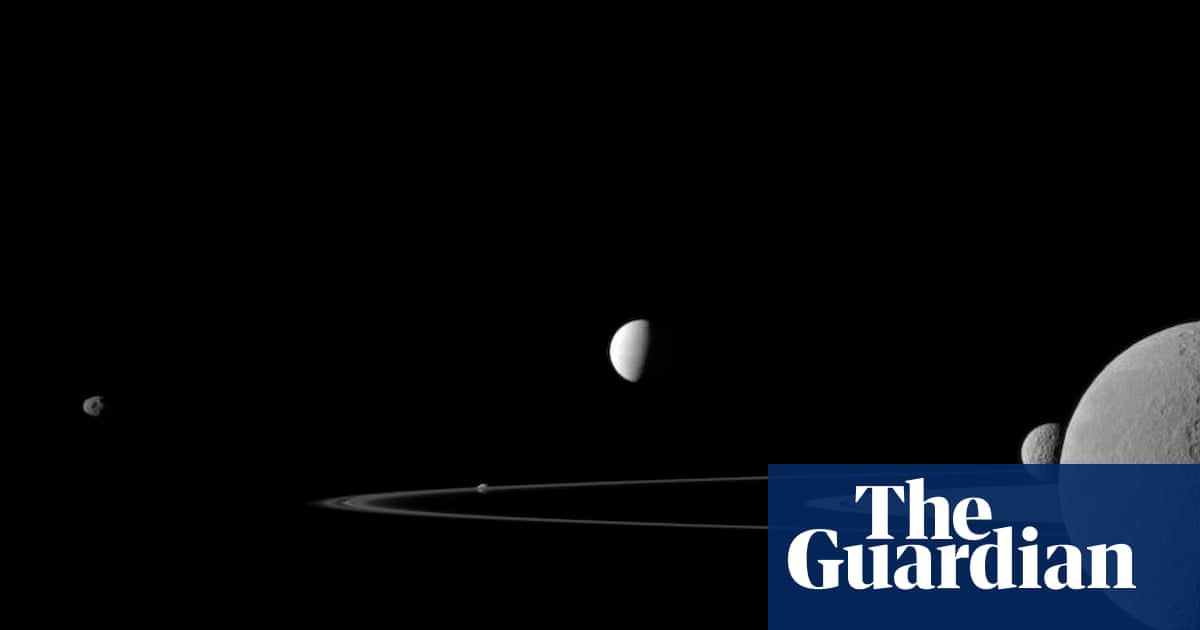
"The likelihood that one of Saturn's moons may harbour life has risen, experts say, after finding an array of carbon-based substances being spewed out of Enceladus. The sixth largest of Saturn's moons, Enceladus has become one of the leading contenders in the search for bodies that could harbour extraterrestrial life, with the Cassini mission which ended in 2017 revealing the moon has a plume of water ice grains and vapours erupting from beneath the surface at its south pole."
"Now researchers studying data from the Cassini mission say they have discovered organic substances within the plume, with some types of molecule detected there for the first time. Dr Nozair Khawaja, a planetary scientist at Freie University Berlin and lead author of the work, said the results increased the known complexity of the chemistry that is happening below the surface of Enceladus."
"Writing in the journal Nature Astronomy, Khawaja and colleagues reported how their previous work had revealed the presence of organic substances and salts within ice grains found in a ring of Saturn, known as the E-ring, that is composed of material ejected from Enceladus. However, as Khawaja points out, the material in this ring is months or years old, meaning its makeup could have been affected by radiation."
Data from the Cassini mission revealed a plume of water ice grains and vapours erupting from Enceladus's south pole, sourced by a subsurface saltwater ocean. The James Webb Space Telescope captured the plume reaching nearly 6,000 miles into space. Analysis of ice grains in the plume using the Cosmic Dust Analyzer identified organic, carbon-based substances, including some molecule types not previously detected. Previous detections in Saturn's E-ring reflected older, radiation-processed material. The plume grains are only minutes old and represent a purer sample of subsurface chemistry, increasing the known chemical complexity and the moon's habitable potential.
Read at www.theguardian.com
Unable to calculate read time
Collection
[
|
...
]